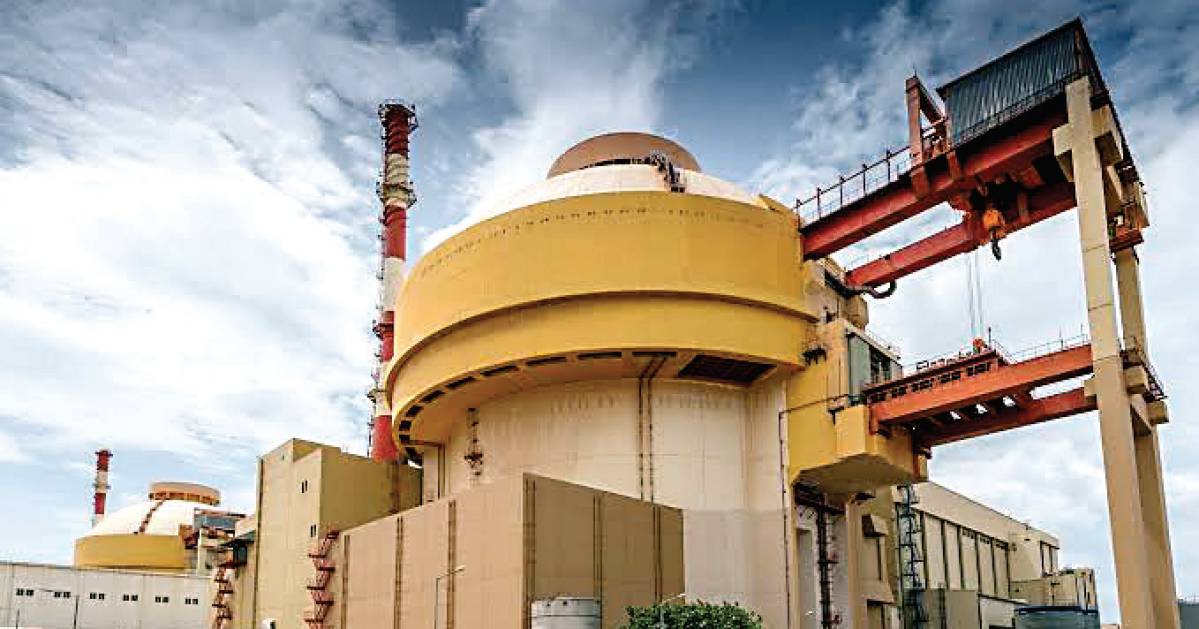Power Sector facing 30 cyber attacks a day
What Singh was referring to was the air gap system by which the key computer controls that run the plant are protected from the administrative section.
Singh is however being optimistic, say the experts. Prof Saran points out that there can be no fool proof system in place. `Regular communication has to be maintained between the core network and the administrative section. You always need to exchange data. Suppose some bug comes in when data transfer is taking place then information does get passed on,’ said Prof Saran.
Air gapped systems are effective against unsophisticated attacks but definitely not against targeted attacks.
Leading nuclear physicist, Prof Rajaraman, emeritus professor of theoretical physics at JNU and member of the International Panel on Fissile Materials also believes that, `Each country has to safeguard against cyberattacks. It is for this reason that the Chinese are developing their own software. Of course, for the present we have to go by what NPCIL is telling us, that the attack affected parts of the administrative systems which are separated from the reactor,’ said Dr Rajaraman.
Prof Saran cites the example of the Stuxnet (a malicious computer worm) attack known to have entered Iran’s Natanz uranium enrichment facility despite it being air gapped. This attack is reported to have been orchestrated by the US and Israel.
News of the KKNPP hacking was broken by VirusTotal, which is a virus scanning website owned by Google’s parent company Alphabet. The company believes that a large amount of data was stolen in this heist.
Cyberattacks are known to take place against nuclear installations. There are 20 such recorded incidents having occurred amongst other countries in France and the US. Experts believe that increasing digitilisation could see an increase in such attacks.
This is not the first time that North Korean cyber attackers have targeted Indian institutions. ISRO’s National Remote Centre and the National Metallurgical Laboratory are known to have faced such attacks in the past.
India’s security managers need to develop much stronger safeguards to protect their strategic installations especially in the power sector.
These include nuclear power reactors given that nuclear plants are presently producing 9000 MW of power.
Nine more reactors are on the pipeline. These are being built at enormous financial costs. Allowing these power plants to get compromised will adversely affect our security and economic shield.








Gloss